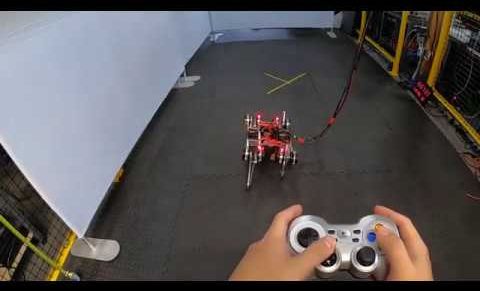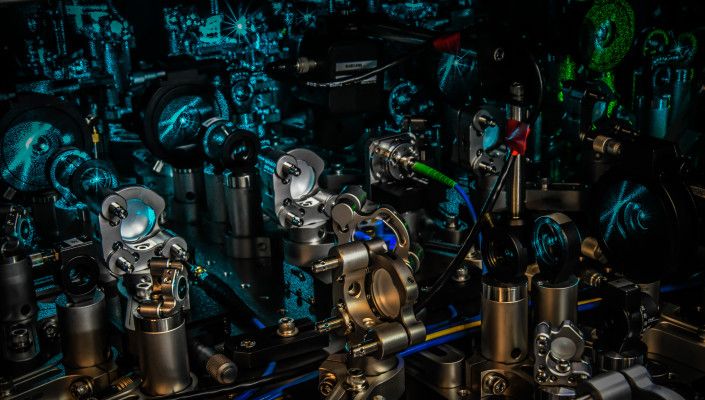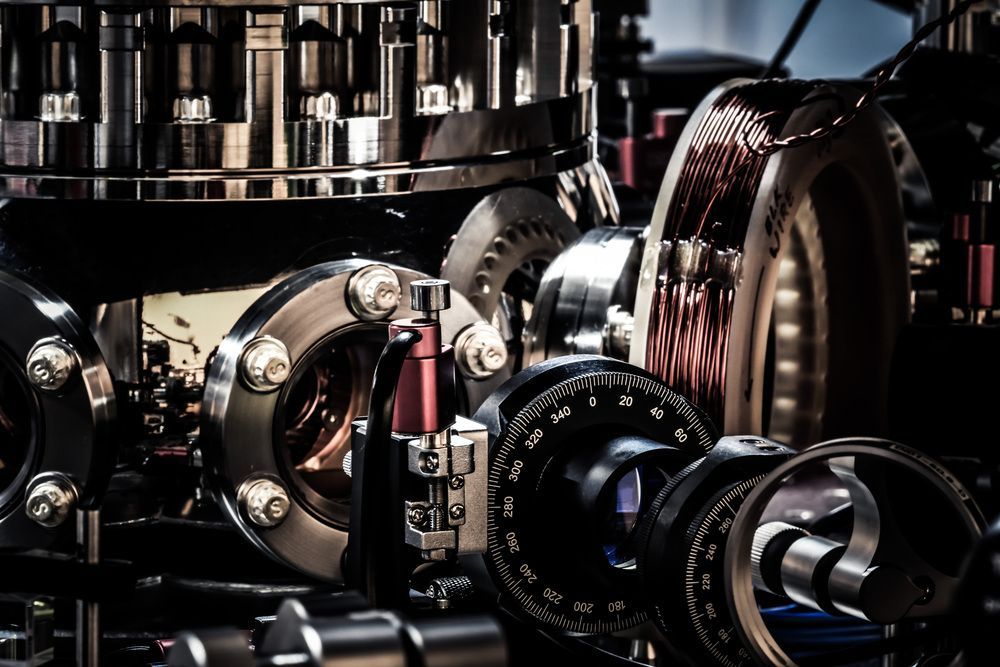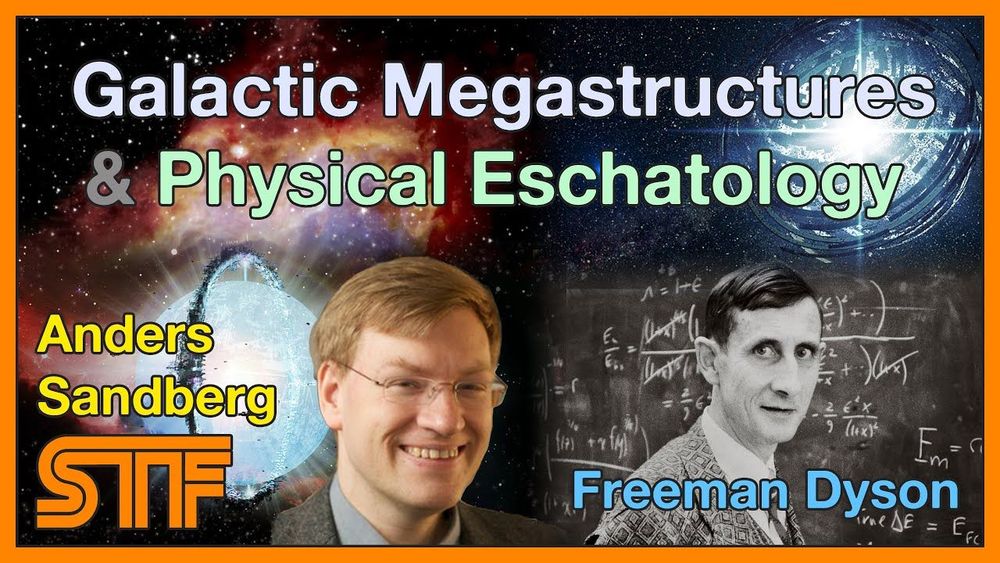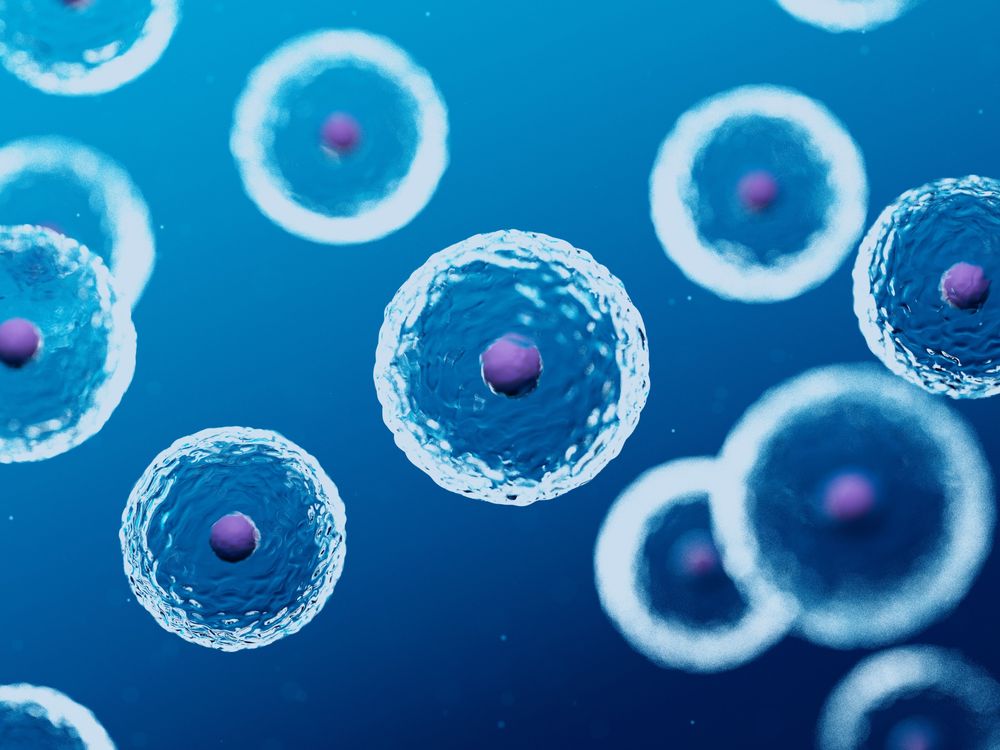
Researchers in Europe and the UK have managed to connect biological and artificial neurons together – and allow them to communicate long distances through the internet. The biological neurons were grown in one country, sent signals through an artificial synapse located in another to electronic neurons in a third country.
As advanced as supercomputers get, the human brain still utterly leaves them in the dust. It’s made up of neurons that communicate with each other through pulses of electrical signals, passed across tiny gaps known as synapses. These neurons can both process and store information, unlike computers that require separate types of memory for each task.
Artificial versions of neurons and synapses have shown to be far more powerful than traditional computer chip designs, but they’re still in the experimental stage. And now, a team of researchers has taken the next step and connected the artificial and biological versions between three different countries.




